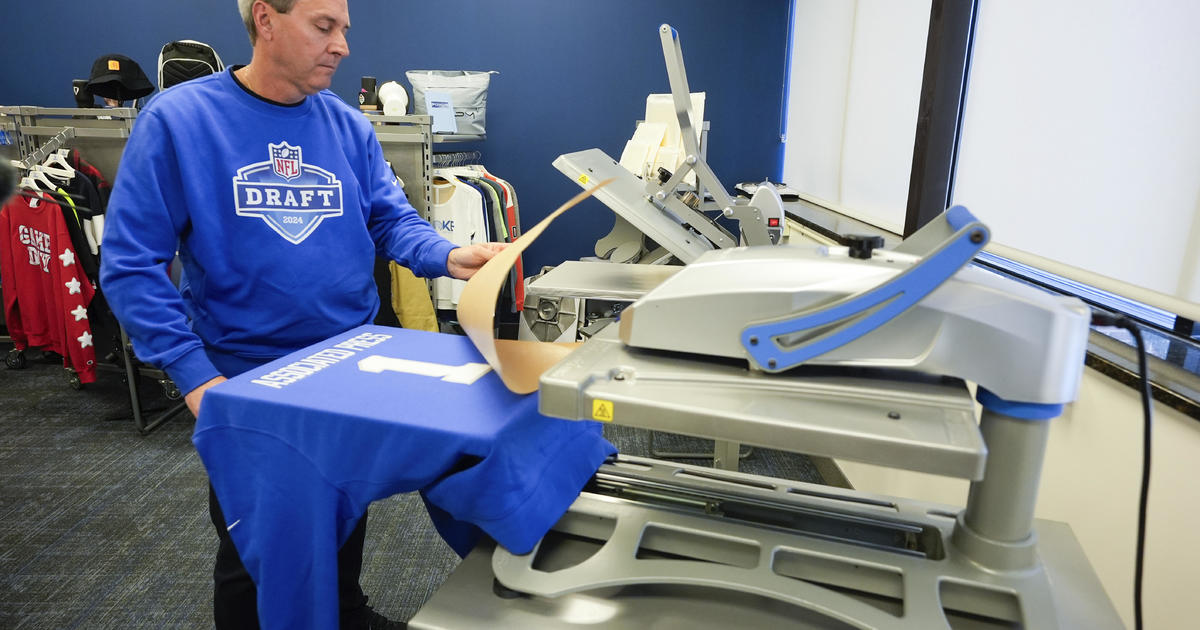Connect Michigan Report Reveals Expanded Broadband Availability
LANSING -- Connect Michigan Thursday released an updated assessment of the broadband market in Michigan showing much higher broadband availability in many Michigan counties, both at higher speed tiers and by certain platforms, than the data collected in the fall of 2010.
The full report is available at www.connectmi.org/research/broadband_planning_report.php.
"These new data lead us to estimate that the number of households in Michigan that can't get broadband is over 27 percentage points lower than our previous estimates," said Eric Frederick, Connect Michigan program manager. "This is significant progress toward our goal of ensuring all Michiganders are able to work, learn, and connect online. I want to thank the provider community and members of the Collaborative Broadband Committee for their commitment to broadening our economic opportunities through broadband expansion."
Key findings from this report:
* From October 2010 to April 2011, the data indicate a change from 121,701 to 87,786 unserved households (or 2.32 percent of total households), a drop of over 27 percentage points.
* Increases were estimated across all speed tiers, including a jump from 11.4 percent to 37.25 percent in households that can subscribe to 25 Mbps download or greater.
* The 50 Mbps speed tier availability grew from 4.32 percent to 21.74 percent of households.
* The report indicates increases in the number of providers offering cable, fiber, fixed wireless, and mobile wireless platforms.
"This report highlights both the gains and the challenges in developing a vibrant broadband infrastructure and in promoting a broadband adoption mindset," said Brian Medford, CEO of Connect Michigan's parent organization Connected Nation. "Overcoming adoption aversion is a key component for effectively implementing broadband technology to foster social and economic inclusion."
The report was conducted in partnership with the Michigan Public Service Commission and the Michigan Collaborative Broadband Committee as part of the Michigan State Broadband Initiative grant program.
These continued assessments of the state's broadband landscape are designed to be a catalyst for stimulating stakeholder discussions on key policy goals and strategies to expand and enhance broadband opportunities for all Michigan residents.
The report was released at the second meeting of the recently formed Michigan Collaborative Broadband Committee. The CBC is a group of representatives from K-12 education, higher education, broadband service providers, non-profits, tourism, business, agriculture, government, and other organizations that have an interest in improving Michigan's broadband availability and encouraging meaningful adoption.
In May of 2010, Connect Michigan produced an initial map of broadband availability to identify served and unserved areas across the state. Since the initial map's release, Connect Michigan has collected and released new data every six months, with updates in October 2010 and April 2011.
Connect Michigan also released a single success story report on Clare County, which has less than 30,000 residents and 13,000 households spread across rolling hillsides and heavy woods -- and until recently little broadband service.
In the summer of 2009, a group of concerned citizens and elected officials from Clare County, incorporated communities of Clare and Harrison, and multiple townships initiated impromptu connectivity conversations that morphed into structured brainstorming meetings. Determined that government should only act as a catalyst for commercial enterprise, the township group hammered out an arrangement for a public/private partnership to approach the fulfillment of this need.
"It basically came down to a bunch of people that knew each other, trusted each other, that had common goals and desires," said Steve Kingsbury, Clare city finance director. "Each individual brought different things to the table and that's how we got started."
The original plan was to connect all the governmental entities with fiber and go wireless from there. That would create a portal of wider support for businesses that did not otherwise have service.
Around this time an ISP had shown interest in providing wireless service to the region and when approached by the township group, Jeff Hall, of ISP Management, said he would be up to taking on the topographical challenges of the area.
Each township bore the financial responsibility to erect strategically located towers and then allow ISP Management free access to the structure. In return, the plan called for ISP Management to provide free broadband service to community anchor institutions.
Terry Holmes, senior technologist for Connected Nation, the parent organization of Connect Michigan, has been assisting the Clare County group by developing propagation maps that locate and optimize new fixed wireless transmission towers.
"It is an underlying theme with this group that there are no egos or personal interest that stand in their way of bringing broadband to their constituents," said Holmes. "It is all about the betterment of their communities."
"The lack of high structures and the area population configurations provide some significant challenges," said Jeff Hall, president of ISP Management. "But this type of an arrangement is a win-win situation because it makes fiscal sense for the townships and it allows me to make a business case for providing service to an area where it was previously not viable."
To date, a fiber presence has been developed in several of the governmental and community anchor institution buildings of each of the communities involved. Three communications towers have been constructed and a fourth is currently being erected that will serve the entire eastern side of Clare County.
ISP Management entered into agreements with the townships with a recouping model where the provider can connect to the grid and, in turn, provide wireless Internet connectivity to as many residents as technologically possible. In exchange for the provider being on the tower to offer Internet service to local residents as a commercial product, ISP Management is carrying all the governmental traffic back to an access point on the tower where it is then picked up by the governmental grid.



